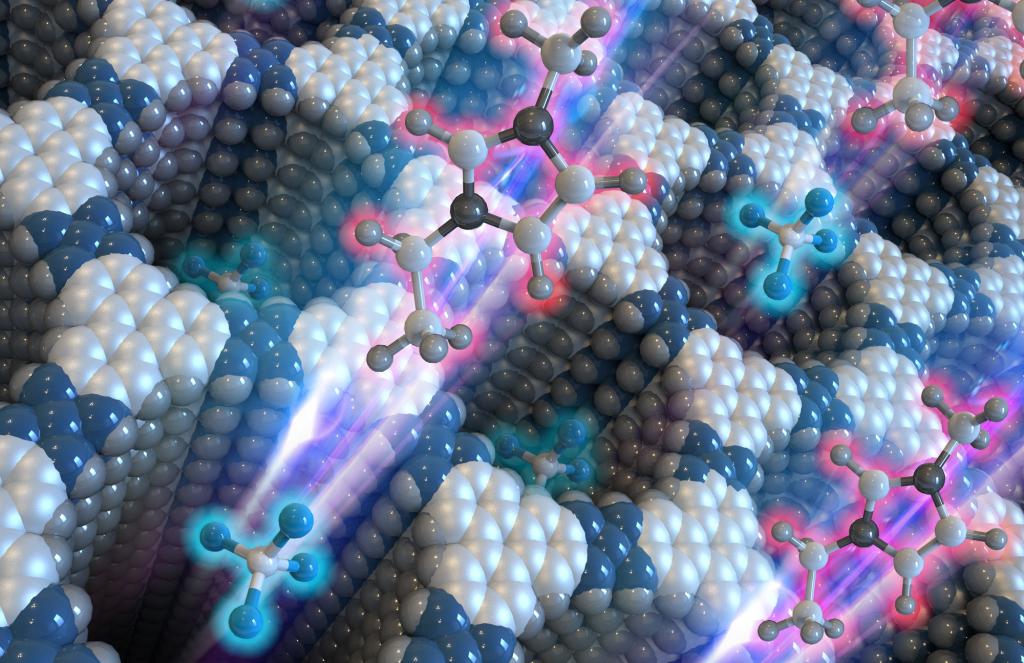A new class of supercapacitor systems is investigated theoretically and experimentally, which exploits electronically conducting metal-organic frameworks (MOF) for electrode materials and ionic liquids as electrolytes. It shows that this combination may be promising for delivering elevated volumetric/gravimetric energy density and power, based on the understanding of the molecular structures and ion transport mechanisms.
Electrical double-layer capacitors (EDLCs) have merits such as high-power density and long cycle times, as they store the electrical energy through electrolyte ions adsorption at electrified electrode surface. Among electrode materials, state-of-the-art conductive porous metal organic frameworks (MOFs) could be of great interest. Their scaffold-shaped structure could not only bring a very high specific surface area (SSA) with custom-built pore size distribution, which helps to maximize the specific energy density, but also facilitate the ion transport during the charging/discharging process (high power density). With respect to electrolytes, room-temperature ionic liquids (RTILs) have become emerging due to their advantaged features. Among them are wide electrochemical window, excellent thermal stability, non-volatility, etc. Therefore, EDLCs with MOF electrodes and RTIL electrolytes could potentially be very promising for future electrical energy storage devices.
In this study, we focused on the theoretical exploration of energy storage and power delivery of such MOF-RTIL type supercapacitors, in order to reveal how much benefit that they could in principle offer on those fronts, as compared to widely-used porous carbon materials. We present a ‘computational microscopy’ analysis (constant potential molecular dynamics simulations) of the structure and performance of conductive MOF electrodes in supercapacitors with room temperature ionic liquids. The molecular modeling predicts the characteristic shapes of the potential dependence of electrode capacitance, relying on the structure of MOF electrodes and particularly how ions transport and reside in MOFs under polarization. The transmission line model was adopted to characterize the charging dynamics process and build up a bridge to evaluate the capacitive performance of practical supercapacitor devices at the macroscale from the simulation-obtained data at the nanoscale. Such nanoscale-to-macroscale analysis revealed that these MOF/RTIL-based cells could exhibit performance superior to most carbon-based devices. These ‘computational microscopy’ results were further testified by macroscopic electrochemical measurements: the experimental areal capacitance and equivalent series resistance obtained in the experiment quantitatively agree with modeling predictions, signifying that our molecular simulation could well represent the real system of MOF-based supercapacitor.

Therefore, our findings and analyses provide not only molecular insights into the preferred structures of MOF for achieving these results but a promising avenue for designing supercapacitors with both high energy and power densities.
All the details of our work can be read in our article in Nature Materials: https://www.nature.com/articles/s41563-019-0598-7